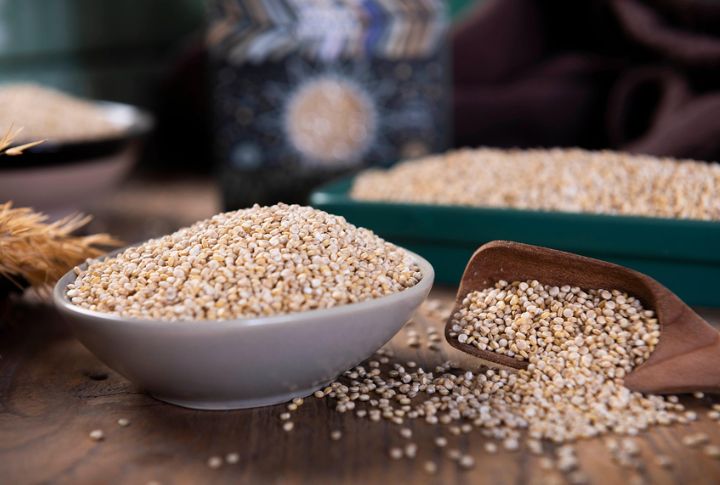
Whole grains pack a powerful nutritional punch. They offer fiber and essential minerals that support heart health and digestion. Unlike refined grains, whole grains retain the bran, germ, and endosperm—delivering maximum benefits. Registered dietitians consistently recommend these 10 varieties as foundational components of a balanced, disease-preventive diet.
Farro
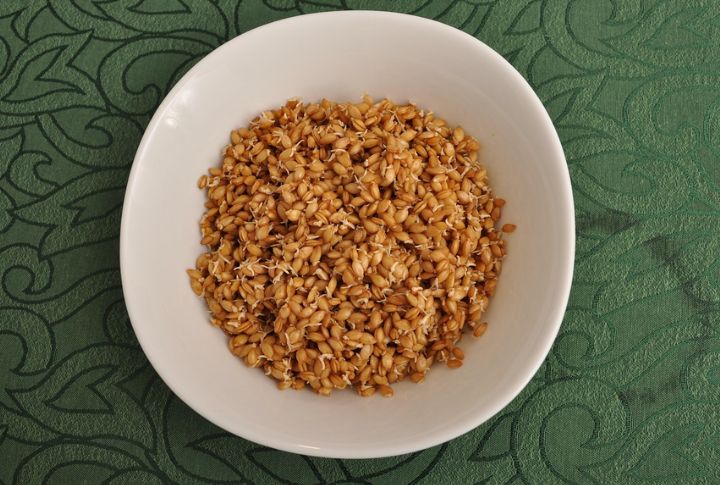
An ancient wheat grain with a nutty bite, farro delivers 6 grams of protein and 3 to 5 grams of fiber per cooked half-cup. It is rich in magnesium and antioxidants, and is ideal for metabolic and cardiovascular health. Common in Mediterranean diets, Farro better holds its texture in soups and salads than most grains.
Quinoa
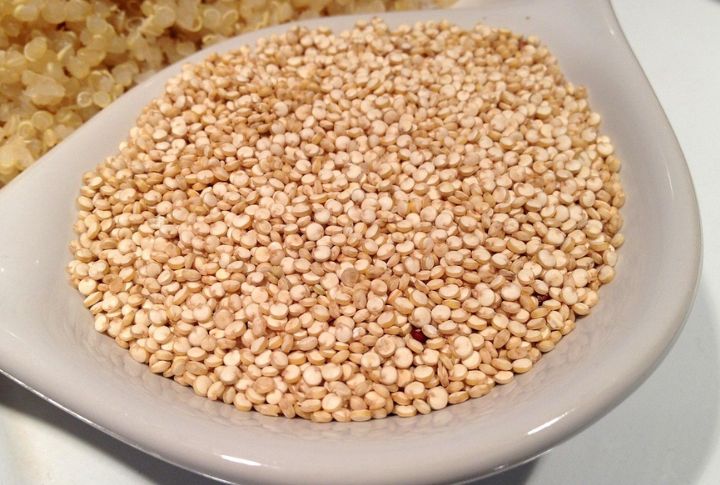
Unlike most plant foods, quinoa is a complete protein, containing all nine essential amino acids. Naturally gluten-free, the grain is rich in iron and magnesium, and offers around 8 grams of protein per cooked cup. NASA once considered it for space missions due to its high nutrient density and resilience.
Millet

Millet contains prebiotic fiber and magnesium, supporting gut health and energy metabolism. Often overshadowed in Western diets, this grain is a staple in Africa and Asia thanks to its adaptability and nutritional value. Foxtail and pearl millet varieties are also low on the glycemic index, and this makes them a solid pick for blood sugar control.
Bulgur
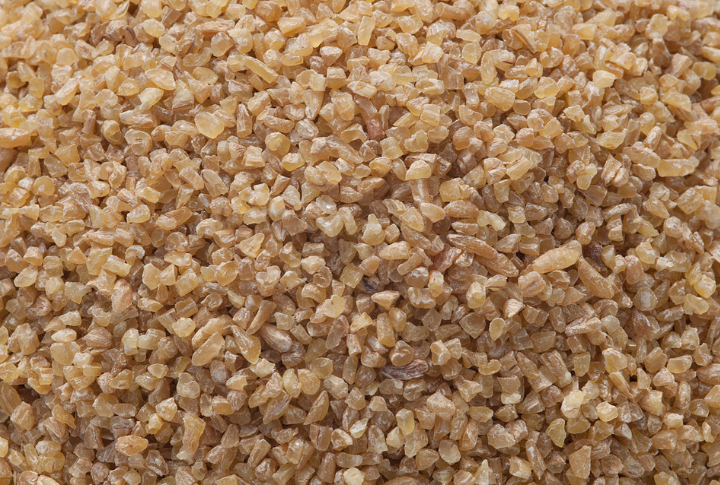
This whole grain is made from pre-cooked, cracked wheat, and cooks in under 10 minutes—perfect for busy schedules. It is high in manganese and provides 8 grams of fiber per cooked cup, which aids in cholesterol regulation. Common in Middle Eastern dishes like tabbouleh, bulgur adds a slightly chewy texture and a subtle, earthy taste.
Teff
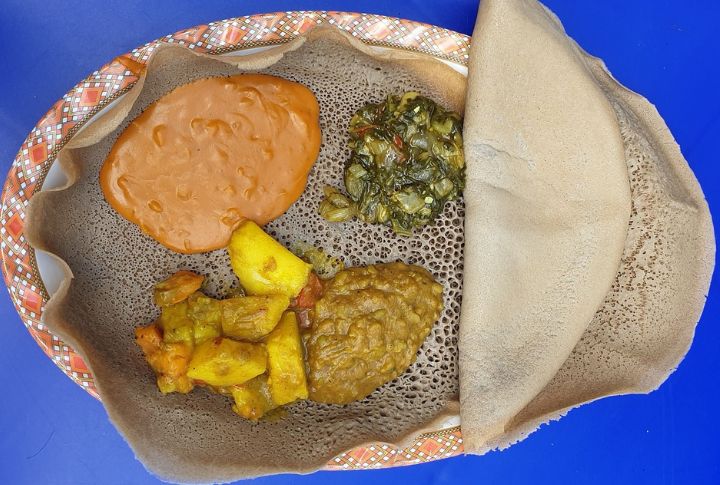
Tiny but mighty, teff is the main ingredient in Ethiopian injera and delivers impressive amounts of calcium and resistant starch. A cup of cooked teff contains over 120 to 180 milligrams of calcium, more than most grains. Teff’s iron content also supports oxygen transport, making it valuable for athletes and menstruating women.
Buckwheat
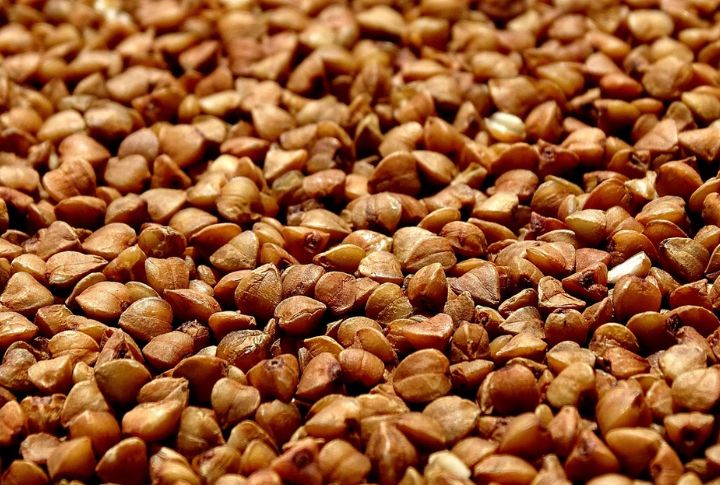
Buckwheat isn’t related to wheat and contains no gluten. Instead, it is a rich source of rutin, a plant compound with anti-inflammatory and blood vessel-supporting properties. One cooked cup offers nearly twice the protein content of oatmeal (5.7 to 6 grams) and more magnesium. Kasha, its roasted form, has a distinct nutty flavor and quicker cook time.
Barley
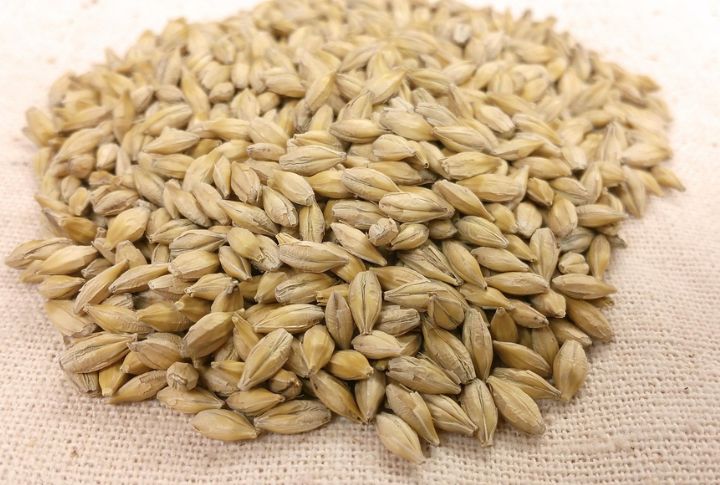
Its slow digestion rate helps with satiety and blood sugar regulation, which is especially beneficial for people with insulin resistance or type 2 diabetes. Dense and chewy, barley excels at lowering cholesterol thanks to its high beta-glucan content. Hulled barley is the least processed and packs about 25-35% of your daily fiber in one cooked cup.
Amaranth

This tiny pseudo-grain was once sacred to the Aztecs and remains a nutritional standout today. Amaranth contains high-quality protein, calcium, and lysine, an amino acid lacking in most grains. It gels when cooked, making it perfect for porridges, and has a higher protein content than many common grains (about 14% raw, 4% cooked).
Brown Rice
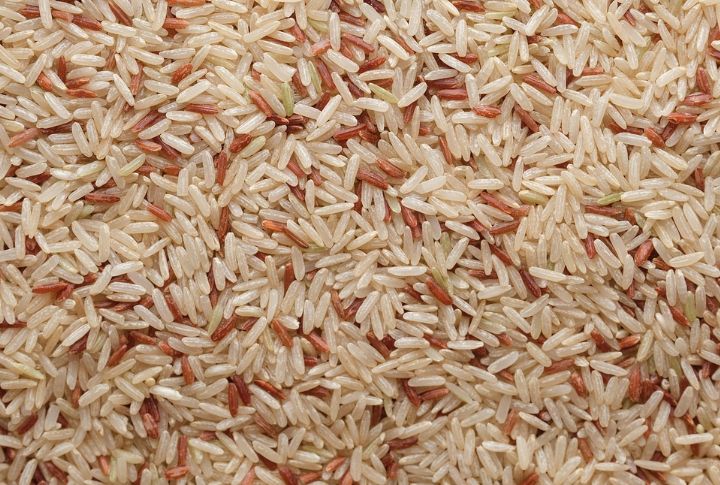
A familiar staple, brown rice retains its bran and germ layers, preserving selenium and B vitamins. One cooked cup has about 3.3 to 3.5 grams of fiber, which provides 86 to 100% of the RDA for manganese, essential for bone development and metabolism. Choose long-grain varieties like basmati for a lower glycemic impact.
Rye Berries
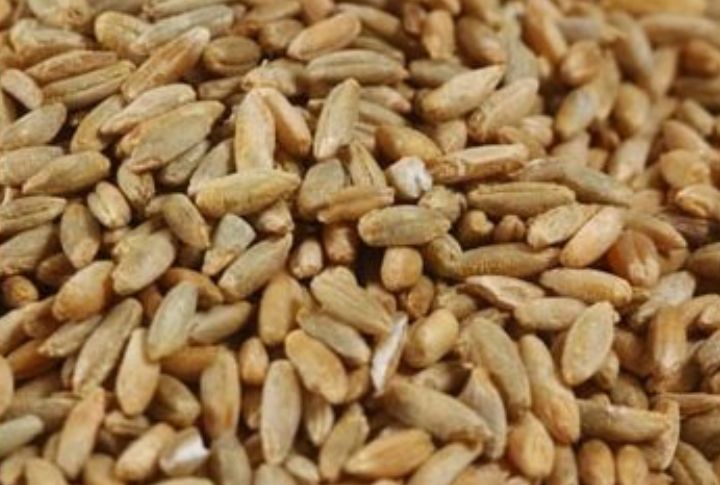
Whole rye berries contain more fiber per serving than wheat and support healthy digestion and satiety. They’re particularly rich in lignans—plant compounds linked to hormone balance and reduced cancer risk. When cooked, they offer a firm, chewy texture and are often used in hearty salads and Scandinavian-style grain bowls.
Leave a comment